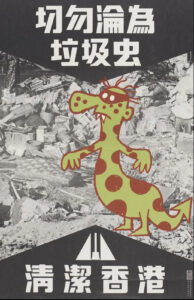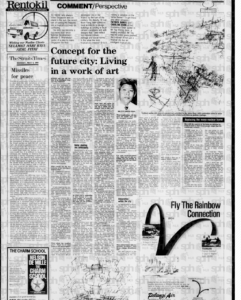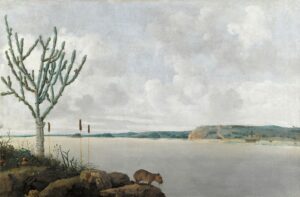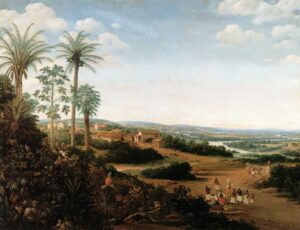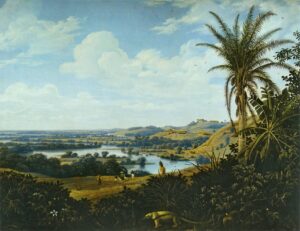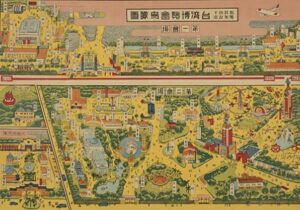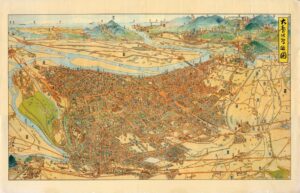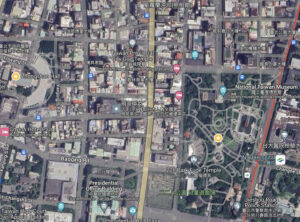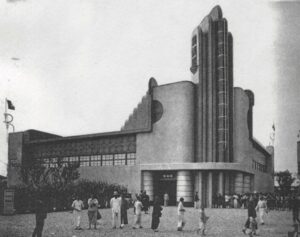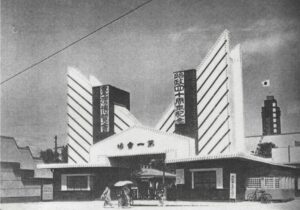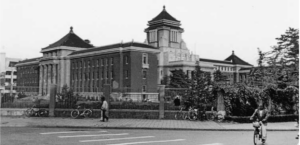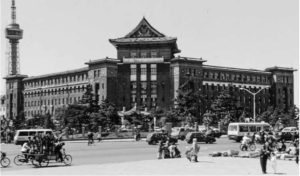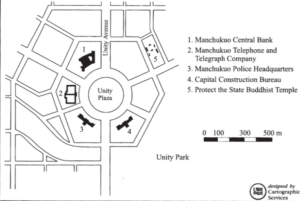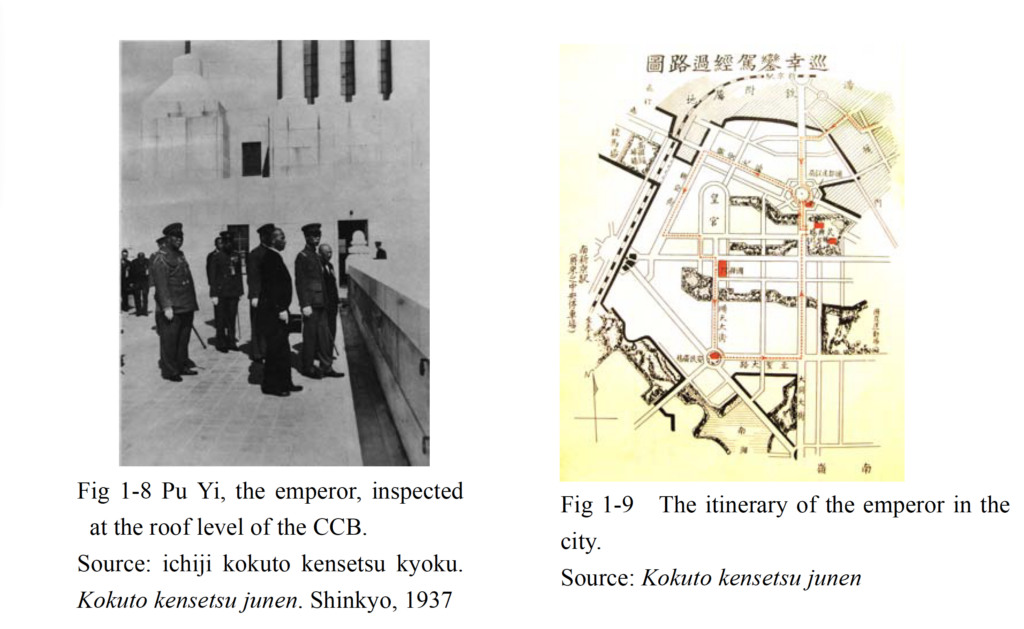[Hill Stations] are areas where French can live, work and firmly establish our race. Indigenous peoples are currently sparse enough to avoid having to evict anyone. Should all these high-altitude regions be populated by settlers, farmers, planters, and French breeders- as is possible and as it must be- and civilization in Indochina, the sovereignty of France in this part of the Far East will be establish indestructibly.1
This passage in Paul Doumer’s Situation de I’Indo-Chine articulates the prevailing view held by French colonisers during the conquest of Indochina. When the French arrived in Indochina, they were confronted with a climate that starkly contrasted with their homeland in Europe. The tropical climate was characterised by its high temperature, oppressive humidity, and a range of diseases that were largely unfamiliar to settlers. Although French adventures, settlers and soldiers, were captivated by Indochina’s beauty, many of them struggled to love in the region comfortably. The French and prominent Dr. Le Dantec stated that ‘the negative influence exerted over time by tropical climates on the health of Europeans… has been and remains the most serious obstacle to our colonisation efforts. This quote underscores the gravity of the situation where health quickly became the foremost concern of French colonisers.
The need to combat the adverse effects of the tropical climate spurred architectural and spatial transformations. The French introduced a new concept of territory and environment – the hill stations. The most notable example is Dalat, which aimed to recreate an approximation of their home environment and climate, and provide a respite from the harsh tropical lowlands. Hill stations had no equivalent in Indochina; their creation was ex nihilo2 Everything had to be decided, designed and built. This developed a new conception of the way that territories could be inhabited, more significantly where the French could ‘firmly establish [their] race.’ This phrase is crucial echoing Social Darwinism and its notions of racial inequality and racial competition, and the ideological motivations behind the creation of this space. Furthermore, the creation of such a space was not just a response to the tropical climate as it represented a deliberate effort to create a space where the French could exert their power. by demonstrating their ability to conquer the tropical environment, the French clearly believed that they could justify their presence in Indochina.
In general, these elevated retreats challenge conventional understanding of ‘tropicality.’ The well-renowned geographer and anthropologist Pierre Gourou emphasised the need to recognise diversity and move beyond simplified definitions of tropicality. The space of hill stations such as Dalat challenge the conventional notions of tropicality, forcing a reconsideration of the region’s climate as more than uniformly hot and humid. Hill stations introduce the idea of microclimates within tropical regions, where altitude could mitigate the intensity of the heat. Furthermore, in this particular context of the development of Dalat, it provides a useful lens through which spatial history can be explored. The work of Eric Jenning’s is the foundational premise of this discussion, for Jennings’s work was the first to uncover the importance of Dalat.
Dalat lies in the heart of Vietnam’s central highlands and has an unique history. Dalat was designed to be a sanctuary from the tropical rigours of Indochina. Its cooler climate, nestled amid pine forests and rolling hills, provided not only a physical respite but also a mental escape from the conventional definitions of tropicality.3 The bacteriologist Alexandre Yesin, protégé of the renowned French chemist Louis Pasteir, peitioned the French governor-general, Paul Doumer, to create a resort centre in the highlands. By 1907, Da Lat had been selected as the location for such a town so started urban planning under the leadership pf Ernst Hebrard. A French journalist described the result:
[In Dalat] French determination has created an elegant and harmonious town, developed in such a way that it has become a veritable little paradise, in a setting of flowered gardens and pine trees… In designing the town, we avoided pretentious and unattractive buildings. Everywhere, delectable villas hide behind lovely gardens, gardens full of flowers from Europe. Roads are wide, asphalted, and offering breathing room. On the vast artificial lake’s limpid waters, majestic swans swim by. Tennis courts and a perfectly conceived gold course add a sporting note to the resort.4.
Through the use of extensive hyperbole one is able to detect the cultural superiority that the French wished to emit in their mission to create a utopia. A ‘little paradise’ that would be entirely French in its vegetation, aesthetics and its amenities. But as Eric Jenning’s insists Dalat is a ‘singular, unexpected, almost incoherent place,’ as on the one hand it was an articulation of power but on the other it is a place that showcases colonial anxiety and the limitations of the french in adapting to the tropicality.5 This helps to provide a wealth of knowledge that advances and challenges pre-existing notions.
Firstly, in the European perceptions of tropical climates, there often emerged vivid descriptions of disease-ridden discomfort and extreme weather conditions. While there’s a measure of truth in these descriptions, it is particularly intriguing to examine the construction of the Xuan Huong Lake in Dalat. In its construction the lake was intended to serve as an oasis of comfort, designed to offer a stark contrast to the challenging tropical conditions and provide an idyllic setting for relaxation and recreation. Ironically, this man-made lake at the centre of the town, together with increased migration from surrounding areas with endemic malaria, resulted in bringing mosquitoes and humans together.6 Malaria was a grave menace to the French rule in Indochina. This unintended consequences underscores the limited understanding of the complexities of the tropical environment by the French authorities. Their focus on creating comfortable and European-style spaces in the midst of tropical challenges led to unforeseen health risks.
Second is the tension between the preservation of identity, and cultural hybridity. Notions of tropicality stress colonial exclusivity, but Dalat became witness to the proliferation of Vietnamese interactions which significantly altered its spatial history. Despite their best efforts to create a French Dalat utopia where ‘delectable villas hid behind lovley gardens, gardens full of flowers from Europe,’ the very act of colonisation ensured that the local culture and people would play a significant role in shaping the city. Vietnamese labourers, both on plantations and in the construction of railways, were essential for making the French vision reality, and their labour left an indelible mark on Dalat’s cultural landscape. Moreover, the presence of Vietnamese elites and the middle class for vacationing and leisure further eroded the French colonial vision of exclusivity. Not only did these interactions influence the city’s demographics, but they also created a unique cultural hybridity. This can be observed in the monuments and temples constructed in Dalat, including the Thein Vuong Co Sat Pragoda and the Truc Lam Buddhist temple. 7 The attempts to create utopia that would preserve French identity, also contributed to a place that showcased cultural hybridity, transcending the boundaries of a purely French enclave.
The very act of attempting to ‘establish their’ race in Dalat led to a situtaion where the city became a contradiction to preserved notions of tropicality, Instead of a purely European, exotic, and unchanging landscape, Dalate became a dynamic and culturally diverse place that challenged the colonial agenda. Indeed, by studying a particular place in time, one is able to gained a much comprehensive understanding of the concept of tropicality in all its complexities.
- Paul Doumer, Situation de I’Indo-Chine. 1897-1901, cited in Aline Demay, Tourism and Colonisation in Indochina 1898,1939, p.49 [↩]
- Aline Demay, Tourism and Colonisation in Indochina 1898,1939, p. 47. [↩]
- Eric T. Jennings, Dalat and the making and undoing of French Indochina, p. 1 [↩]
- ‘A French Journalist for L’Asie nouvelle,’ in Eric T. Jennings ‘Urban Planning, Architecture, and Zoning At Dalat, Indochina, 1900-1944, Historical Reflections, 33:2 (2007), p327 [↩]
- Eric T. Jennings, Dalat and the making and undoing of French Indochina, p.4 [↩]
- Michitake Aso, ‘Patriotic hygiene:Tracing new places of knowledge production about malaria in Vietnam, 1919-75,’ Journal of Southeast Asian Studies, 44:4 (2013), p.433. [↩]
- Eric T. Jennings, Dalat and the making and undoing of French Indochina, p. 171- 172. [↩]
